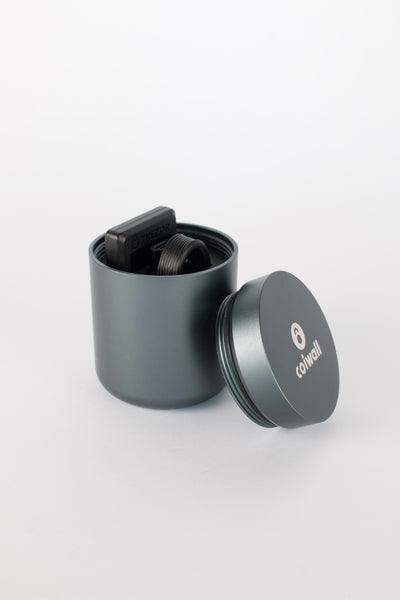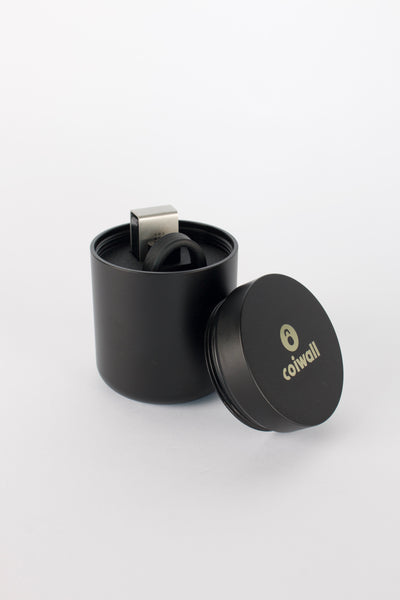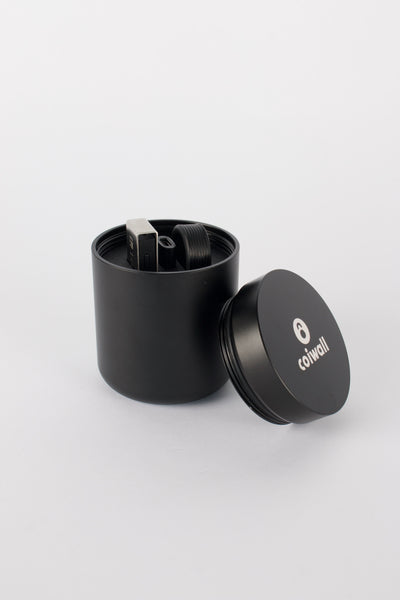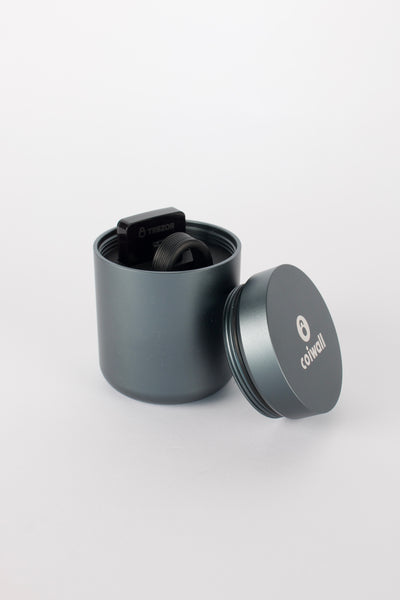You ever stare at those colorful market depth charts, wondering if they’re just a pretty graph or a secret pulse of the crypto market? If so, you’re absolutely not alone. Behind every green and red line, there’s a fascinating story about who’s buying, who’s selling, and just how wild the next price move might be.
What’s Really Behind Market Depth?
Let’s cut right to the chase: market depth is the measure of how many buy and sell orders are hanging out at different price levels for a given cryptocurrency. Imagine a crowd at a street food market—each person with their favorite snack in mind, some ready to buy, others prepared to sell. Now, stretch that scene out along a price axis and you have the visual backbone of what depth represents.
The more orders stacked up around a price, the deeper the market. If just a handful of folks are selling their hotdogs (or, say, Bitcoin) at a specific rate, someone rushing in with a big buy order could clear them out, causing the price to shoot up. That’s a shallow market. When you see a sea of offers and bids tightly bunched together, it signals stability; giant trades can be absorbed without much drama (Investopedia).
Dissecting the Ancient Art of the Order Book
If you’ve been around crypto for a while, you know the order book is king when it comes to spotting depth. Each price level is like a notch on a ladder, and every rung holds different amounts of crypto waiting for the right buyer or seller. The closer and more stacked those rungs are to the current price, the better. This setup is crucial for seasoned traders—because no one likes nasty surprises.
But let’s not kid ourselves: even pros get caught out by fake walls (big buy or sell orders that disappear in a flash), sudden slippage, or other quirks unique to digital asset markets. Depth is a dance—sometimes subtle, sometimes abrupt.
Dom Tools: The Trader’s Sneak Peek
Want to feel like you’ve got X-ray vision? Step into the world of Depth of Market (DOM) tools. These little wonders from platforms like TradingView and Thinkorswim lay out the bid-ask spread and show just how much crypto sits at each rung on the price ladder (TradingView).
- Bid-Ask Spread: That tiny gap between what buyers will pay and what sellers want. Tight spread? That’s good news.
- Order Bunching: Many orders at similar prices? That’s a sign of liquidity and potentially less price shock.
Still, it’s not foolproof. Some traders play games, stacking or removing orders just to mess with the crowd. If you’re wondering why the market sometimes feels fickle—it’s because it often is.
Story Time: The MEOW Coin Caper
Picture this. Someone tries to dump 10,000 units of the imaginatively named “MEOW” token. The order book shows 3,000 bids at $13.62 and then, not much, until a whopping 43,500 show up at $13.35 (Investopedia). That big sell order blows through the thin surface bids, causing a sudden price tumble. It’s the crypto equivalent of slipping on a wet floor sign you totally ignored.
How the Pros Read Between the Lines
Now, here’s the thing: seasoned traders don’t just stare at charts—they’re always searching for hidden clues. Market depth isn’t just numbers; it’s a constantly shifting field of intent, hesitation, and sometimes, outright bluffing. Deep markets invite big traders, knowing they can move size without wrecking the price. Shallow ones? That’s just asking for wild swings.
- Liquidity analysis: More orders nearby equals more safety for big moves.
- Order flow insight: Where are the clusters? Who’s trying to defend or attack a level?
- Risk radar: Thin depth = higher volatility = more nerves.
But nobody’s perfect—not even the algorithmic giants. Sometimes a cheeky whale will yank a big order at just the wrong moment, leaving others scrambling. That unpredictability is baked into crypto’s DNA.
Hardware Wallets: Trezor & Ledger in the Mix?
You might wonder, 'What do Trezor or Ledger (hardware wallets) have to do with depth?' Here’s the deal: while these secure vaults don’t directly affect depth, they play a hidden role in market psychology. When traders move coins off exchanges into Trezor or Ledger wallets, those funds are less likely to hit the market. This can lower available liquidity, especially in smaller coins—meaning less depth, more risk of sudden moves. Pretty wild, right? Sometimes depth is about who isn’t playing just as much as who is.
What Can Go Wrong? (And What’s Going Right?)
If you’re tempted to just chase the biggest, deepest pools, slow down a sec. Market makers—those savvy pros placing buy and sell orders on both sides—are always active. They help smooth out the bumps, but just as quickly, bots and whales can yank liquidity if spooked. That can leave you scrambling if you’re not careful.
Common pitfalls? Getting too cozy with what you see. Visualizations are seductive, but a sudden news jolt or a flash crash can melt depth in a heartbeat. Plus, the crypto scene is full of playful tricks: flash crashes, spoofing (fake orders), or technical glitches can throw even experts off. That's why keeping a modest, skeptical mindset (maybe with a hint of paranoia) is essential!
The Pulse of Crypto: Why Depth Matters More Than Ever
Now more than ever, crypto traders are obsessed with transparency and liquidity. Exchanges are doubling down on real-time data and putting market depth in the spotlight. But remember: the surface is just that—a surface. Most of the time, depth gives an honest pulse. Sometimes, you get smoke and mirrors.
So next time you’re plotting out your next big swing or staring at that Depth of Market chart late at night, remember, you’re really peeking into the collective heartbeat of crypto itself. It’s messy, it’s unpredictable, and honestly, that’s what keeps us all coming back for more. Need to keep your coins safe while you ponder your next move? Maybe tuck them away in a Trezor or Ledger until you spot a market deep enough for your taste.
To sum up: Market depth isn’t magic, but if you know where (and how) to look, it just might tip the odds ever so slightly in your favor.











